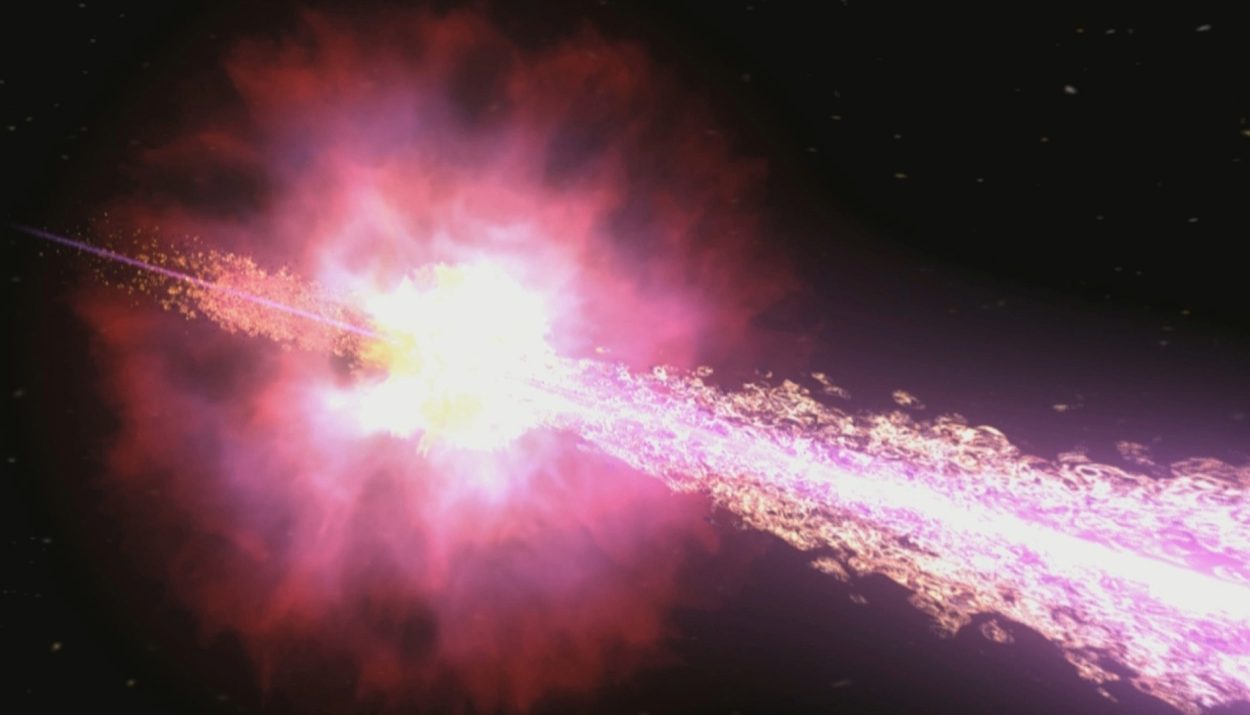It might seem like a long time on the road to get to the next town, but there are things in the cosmos that would call that a short hop. Scientists detected a short burst of radio waves coming from out in space. Recently, they confirmed that the waves were created eight billion years ago. But where did it come from? What sort of transmission was it? Let’s find out!
Fast Radio Bursts – Signals Across Time

Fast Radio Bursts, or FRBs as they’re known, are short, high-intensity bursts of radio waves. While we have the technology for detecting them, they’re still essentially a mystery to science.
How Do Radio Waves Travel?
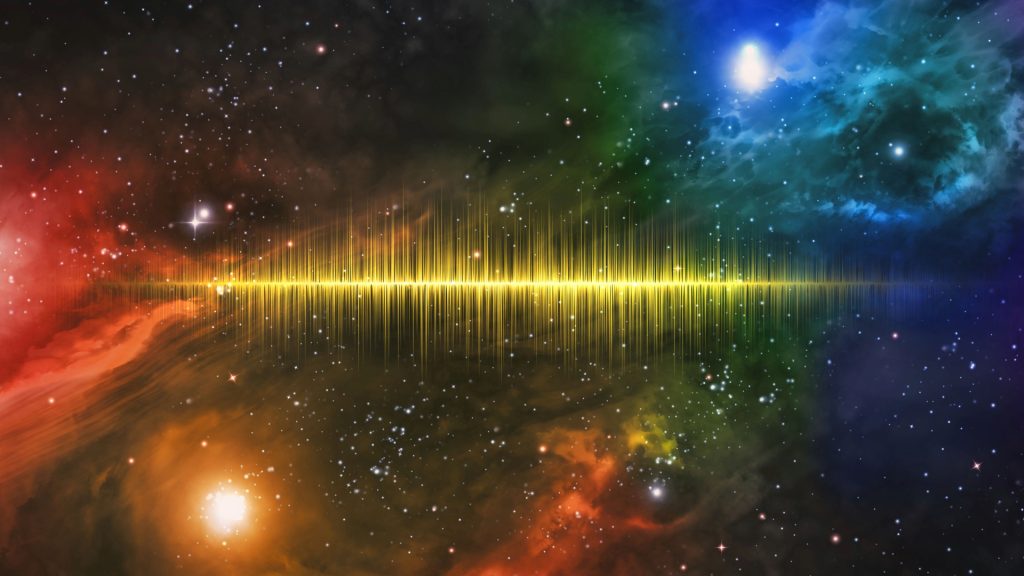
Radio waves travel at the speed of light, which is around 186,000 miles/second (300,000 km/s). These FRBs last only a fraction of a second, but during that time, they outstrip any other radio signals coming in, like using a bullhorn to shout at a crowd.
Is This The First One We’ve Seen?
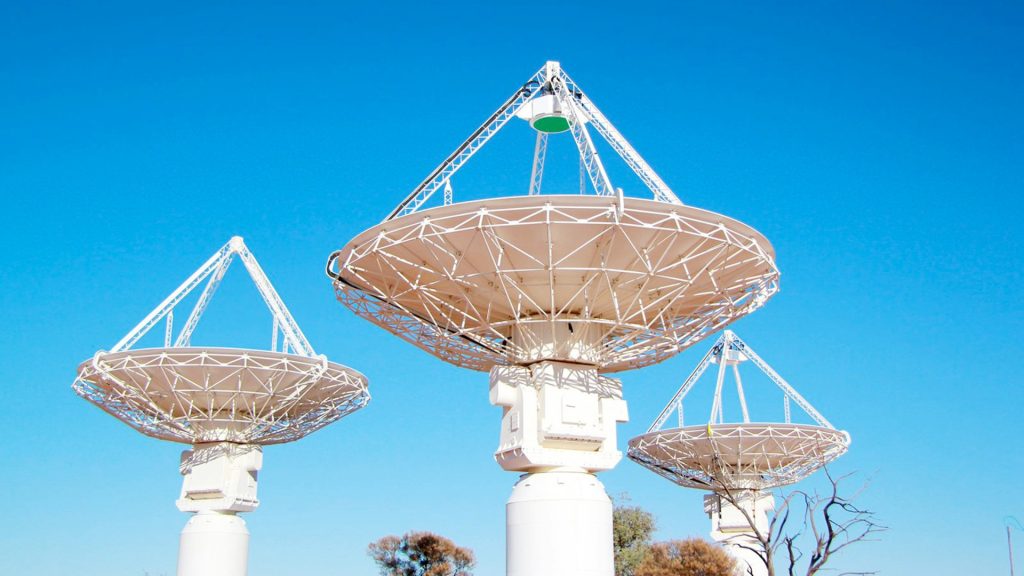
No, the first FRB humans picked up was in 2007. Since then, we’ve seen several other FRBs which last for a split second and then dissipate. Yet where they come from is still a huge mystery to scientists.
What Do We Get from FRBs?
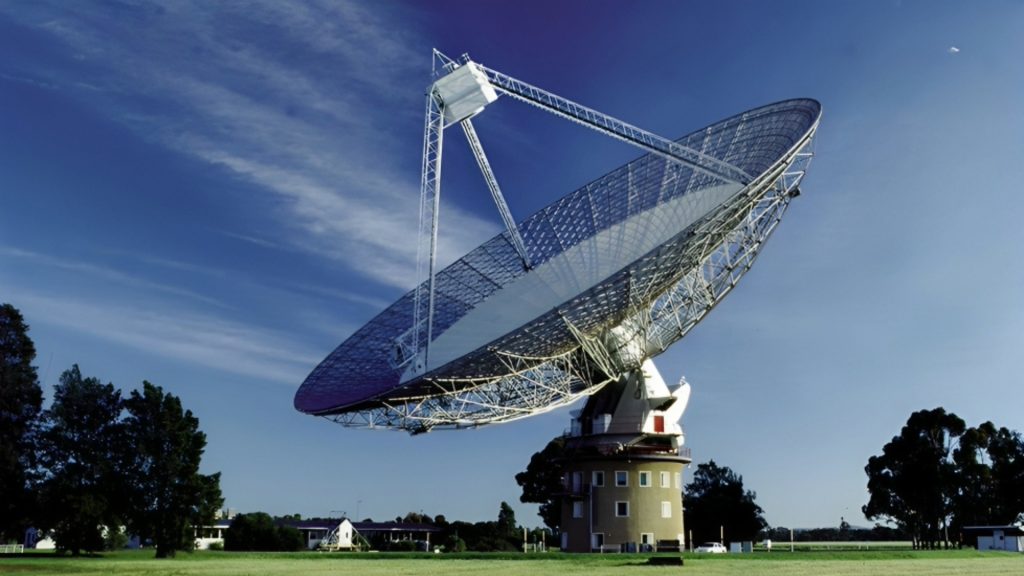
These radio waves are picked up using giant radio telescopes that scan the cosmos. These FRBs don’t actually tell us much information, so it takes scientists some time to figure out where the burst came from, and that helps them with the age of the signal.
Signals From The Young Universe
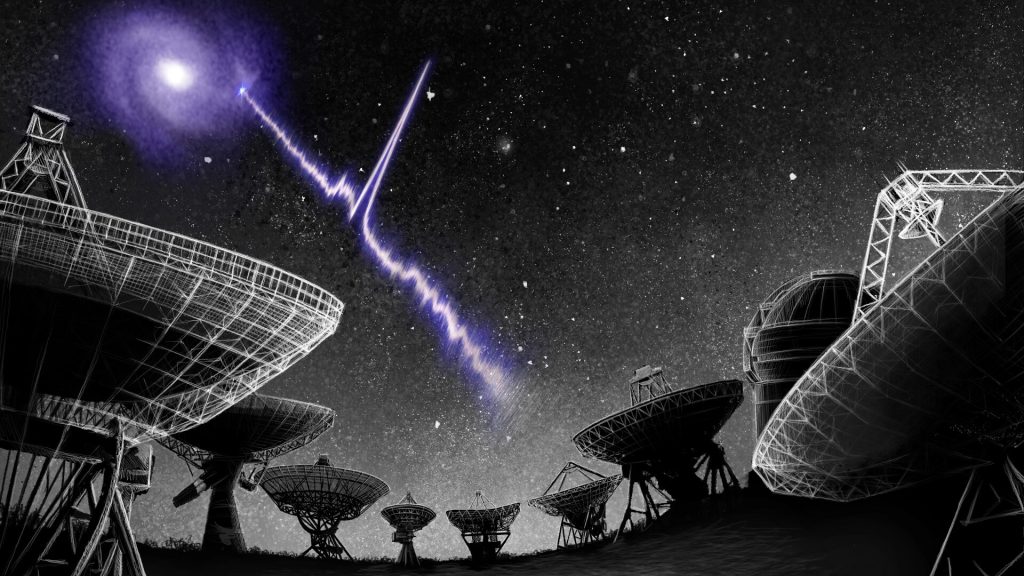
The age of the universe is estimated to be 13.5 billion years (give or take a few million). When we get these FRBs, we don’t have any information about where they came from, but we have a lot of mathematics that can help us figure out some details.
How Long Did the Radio Waves Take to Get Here?

Using math formulas, scientists calculated that this burst came from a galaxy around eight billion light years away. This means the radio waves (which travel at the speed of light) took eight billion years to get here. That’s wild!
Oldest Fast Radio Burst Baffles

Since 2007, scientists have picked up several other FRBs, some of them a few billion years old. This one is the oldest we’ve seen so far, and it raises more questions than it answers.
Are We Hearing Aliens?
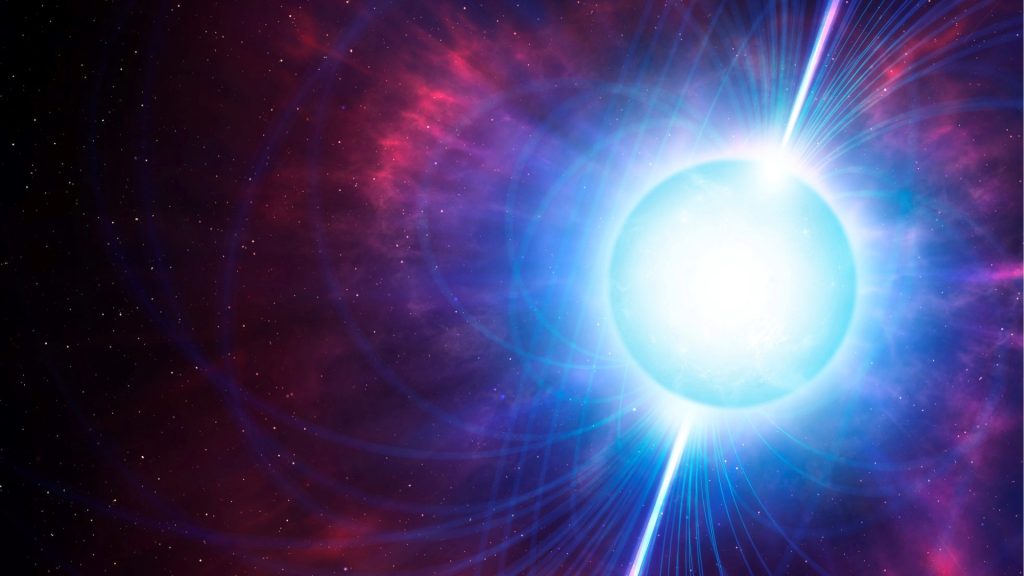
Many people immediately jump to the conclusion that aliens are the reason we’re getting radio signals from space, especially from eight billion years ago. However, the reality is that many things in the cosmos make radio signals for us to detect.
What Is the Scientists’ Explanation?
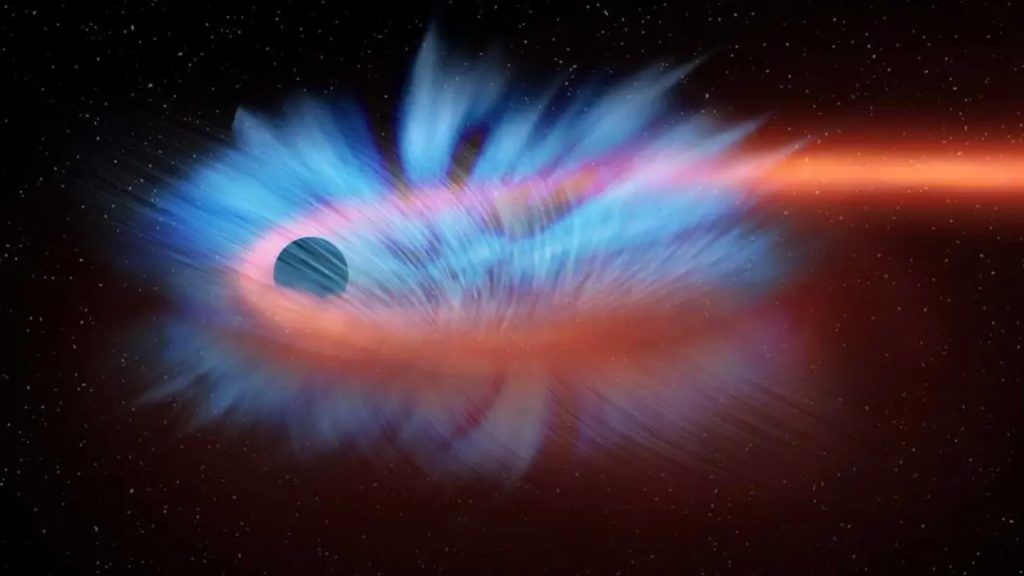
Scientists think that FRBs come from magnetars, which are hyper-magnetized neutron stars. They’re left over after a star collapses. When they rotate, they send out massive blasts of radio waves. However, most magnetars are regular, and FRBs are not.
How Are FRBs Different From Other Radio Waves?
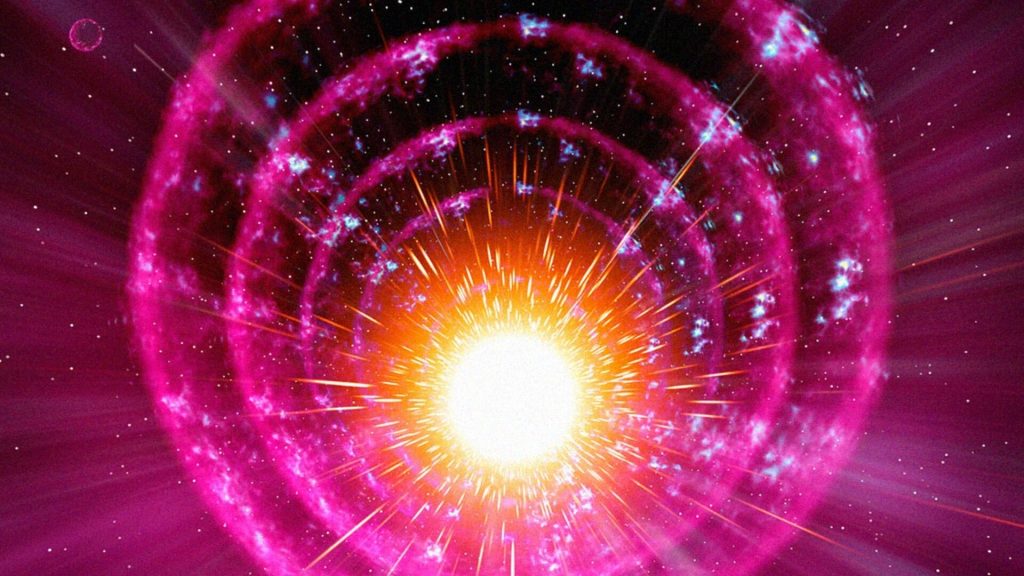
There are other sources of radio waves in space. They might come from when a black hole consumes a star or even when a star goes supernova. What makes FRBs different from these situations is that they are virtually invisible anywhere else on the spectrum. These phenomena come with light waves and electromagnetic radiation. All FRBs give us are radio waves.
How Strong Was the Blast?
The blast that our radio telescopes picked up only lasted a fraction of a second. This is typical with FRBs since they emit violently for a short period and then disappear.
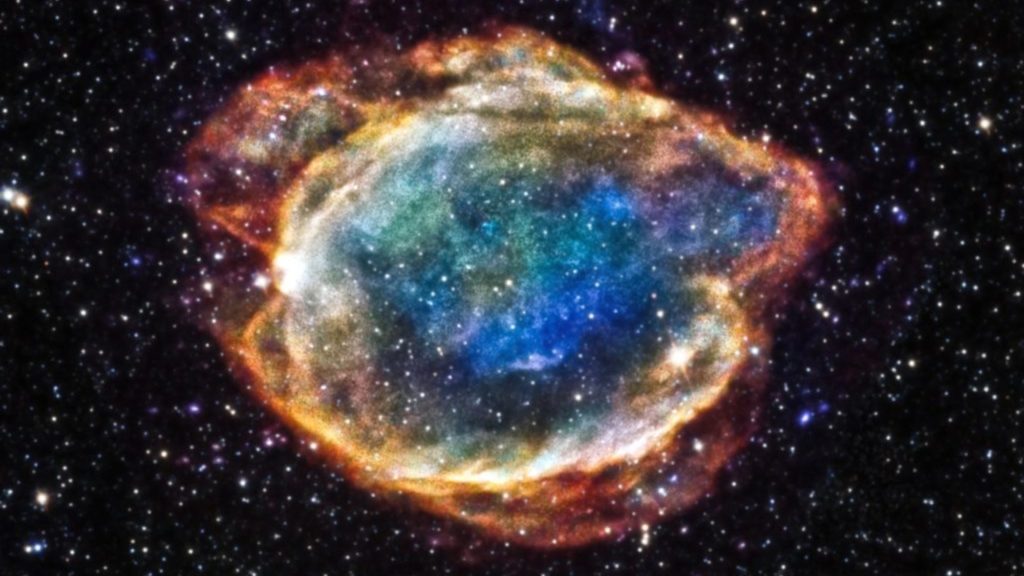
In that fraction of a millisecond, scientists calculated that the energy contained was equivalent to how much energy our sun would put out in the space of 30 years.
Why Are FRBs Important, Anyway?
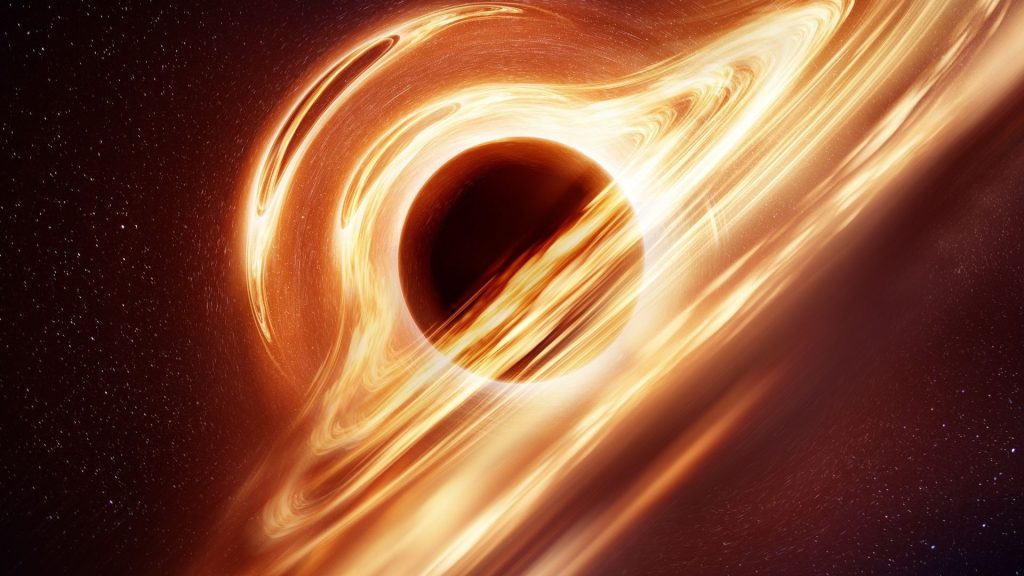
Well, if they aren’t aliens, why do we care about FRBs anyway? They serve as powerful tools for exploring the properties of intergalactic space, understanding neutron stars and black holes, and unraveling the mysteries of the cosmos.
FRBs Help Us Understand the Universe
Scientists use Fast Radio Bursts (FRBs) to study the cosmos in several ways. By measuring the dispersion of the burst’s radio waves, they can gauge the density of the material the signal has passed through, providing insights into the distribution of matter in the universe.
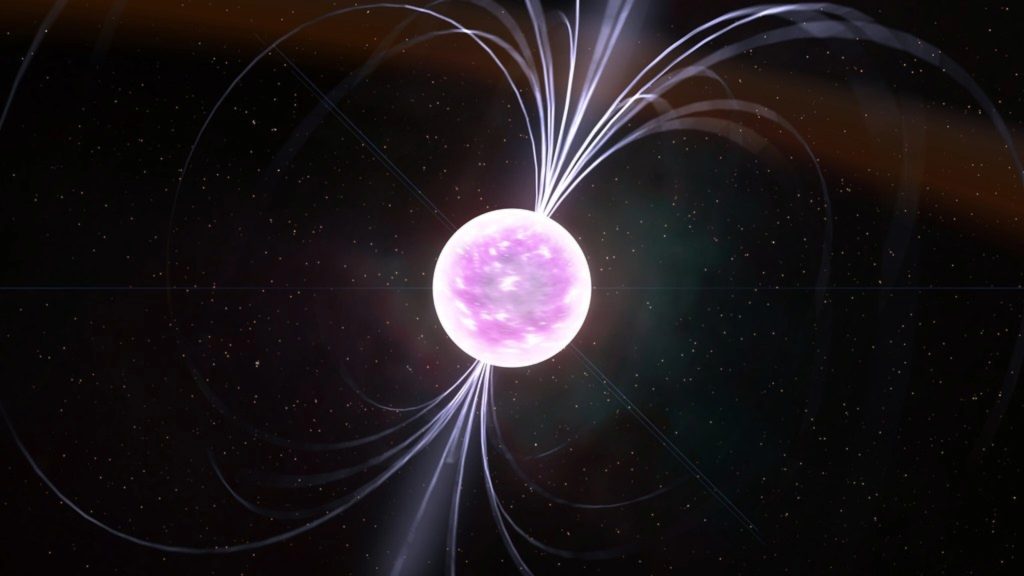
Even more importantly, it can help us explain what happened to all the missing matter in the universe. And yes, there is a lot of missing matter in the universe-approximately half of the matter in the universe, to be precise.
Where Is the Missing Matter?
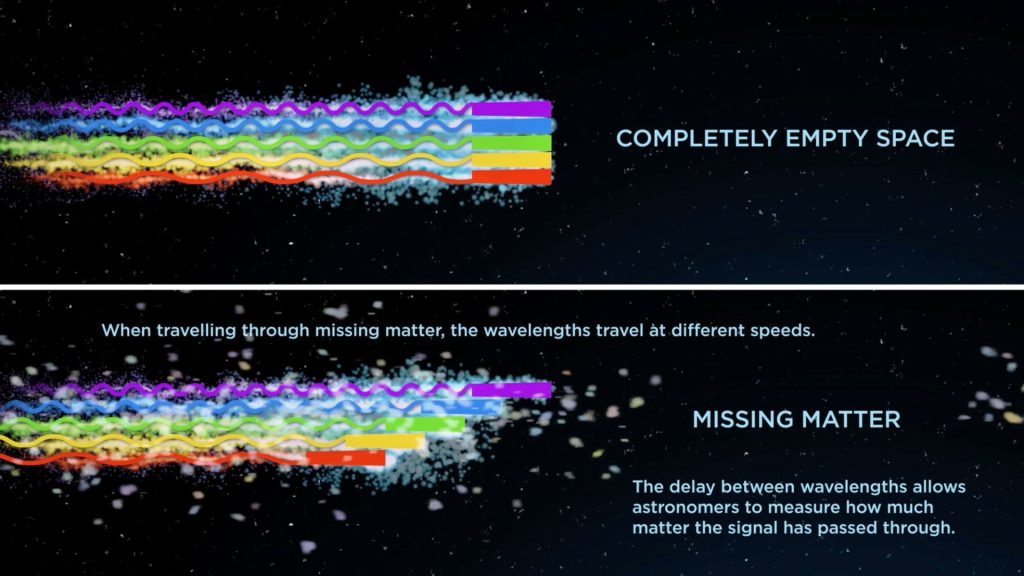
By tracing these FRBs, we can tell where that “missing” matter is because it shears off parts of the signal as the FRB passes through them. This is very helpful since we can’t actually see this missing matter. This tearing of the signal tells us that it’s there.
Are FRB’s Harmful to Us?

If you’re a fan of old comics, you’ll remember some superheroes being hit by “cosmic rays” and transformed. Even if an FRB were to hit you head-on, you wouldn’t know it happened, and you’ll have no ill effects afterward. They are entirely harmless to us. While these FRBs contain a lot of energy, when they get to Earth, they’ve been traveling for a long time and across vast reaches of space. As a result, the FRB gets to us at low energy.
Like Standing on the Beach

Think about it like standing on the beach. The further up the shore the wave goes, the less energy it has. If that wave had to travel billions of light years to get to you, you wouldn’t even recognize it.
Something To Think About
The universe is big and old. It’s staggering to think about detecting radio waves that predate the existence of our own planet, yet here we are. For each question we answer about the universe, there are ten more that take its place.

We might not be able to answer everything, but FRBs give us hope that we can figure out something about the universe. But who knows, maybe it really IS aliens?

